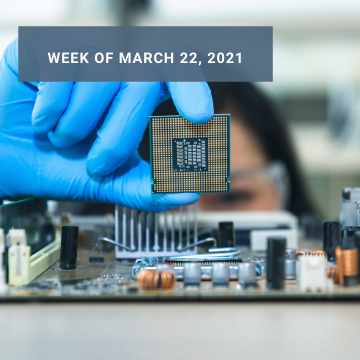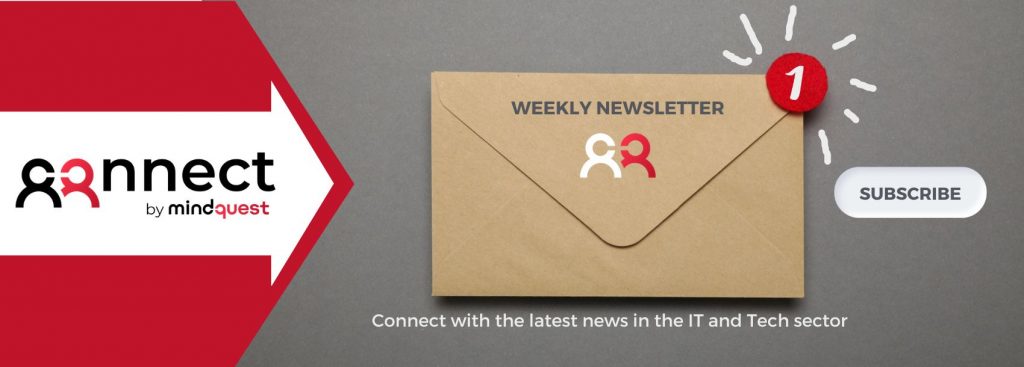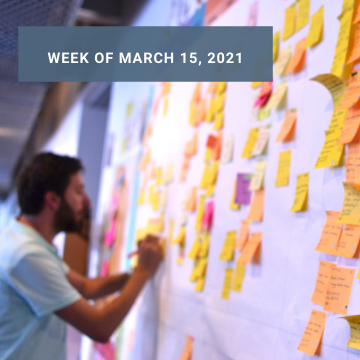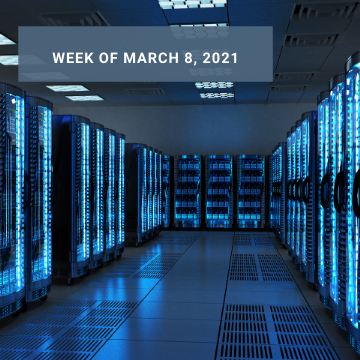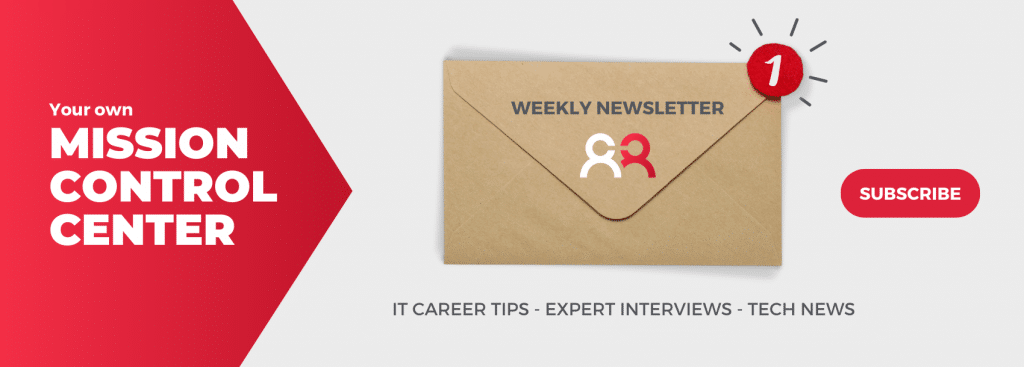One more year, International Women’s Day prompts the public eye to focus on a problem for which a single day of reflection is never enough. The gender gap in IT remains broad reaching across industries and roles. Despite improvements, the women-to-men ratio is still lower than in other sectors. Furthermore, 44% of female IT professionals acknowledge that men climb up the career ladder at a faster pace than they do. That’s why we wanted to give a nod to some of the amazing women leading Europe’s tech revolution.
Suffice to say a list of 20 is merely a starting point regarding women in Tech. So, stay tuned throughout this month for additional articles highlighting the many adventures of female technologists across Europe.
Discover 20 Amazing Women Leading Europe’s Tech Revolution
CEO TeenTech CIC
Firstly, Maggie Philbin, a long-time science and technology reporter for the BB. Philbin is indeed a passionate technology advocate who founded and directs TeenTech CIC, a series of events aimed at helping young people and their support network understand the breadth of STEM careers and the skills needed to pursue them.
AI Scientific Research Lead at Facebook & Professor at Imperial College London
Secondly, an authority in artificial intelligence specialising in the machine analysis of human non-verbal behaviour and its application to human-computer, human-robot, and computer-mediated human-human interaction. Pantic also combines teaching at the Imperial College with research for Facebook London.
Co-Founder & CEO at Neufund
Then, a serial entrepreneur, Adamovicz has founded many successful technology companies including Neufund, a blockchain-based investment platform connecting innovators and investors to fund and launch innovative ventures. She’s also a mentor at Gaza Sky Geeks, supporting tech entrepreneurship in the area.
Chief Product Officer – SAP Conversational AI and co-founder at Recast.AI (exit SAP)
Further, Anteunis founded AI chatbot company Recast AI in 2015, bought by ERP giant SAP in 2018. Also known as the SAP Conversational AI, the tool lets businesses deploy powerful conversational interfaces with comprehensive, end-to-end bot building.
Co-founder at Syrona Health
Moreover, having founded Syrona Health in 2018, Bell is a British entrepreneur who has built the digital female health platform to democratise women’s health and help women monitor their chronic gynaecological and uterine conditions.
Professor of Computer Science and Technology Evangelist, Durham University
Dr Black is a digital skills expert, social entrepreneur and also international keynote speaker well known for her activism around social inclusion and advancing women’s role in IT. Moreover, she led the successful campaign to save Bletchley Park, the World War II code-breaking site.
Chairwoman/President CDP Venture Capital SGR- Fondo Nazionale Innovazione at CDP Cassa Depositi e Prestiti
In addition, Bria is a digital rights champion leading Europe’s DECODE data sovereignty project. Moreover, she is an expert in digital cities and rights, serving as a senior adviser on these issues for the United Nations. She is also the former chief digital technology and innovation lead for the city of Barcelona.
European Commissioner for Competition and Executive Vice-President of the European Commission
Then, Vestager is a Danish politician serving as the European Commissioner for Competition and Executive Vice President of the commission for A Europe Fit for the Digital Age. She also leads Europe’s anti-trust efforts, holding the world’s biggest tech companies to account.
Founder, Codam College and co-founder and CMO at TomTom
Then, we continue this list with a co-founder and chief marketing officer of GPS pioneer TomTom, Vigreux is an active campaigner for women in the workforce and better social mobility through education. Also, in 2018, she founded Codam College, an Amsterdam-based coding school with a revolutionary peer-to-peer value proposition.
Co-founder and Managing Partner at Experior Venture Fund
Last but not least, Stanislawska is the co-founder of the Polish venture capital fund Experior Venture Fund, Europe’s first VC founded exclusively by women. She is also the founder of the European Women in VC community, which comprises nearly 250 senior VC professionals from over 20 European countries.
Chief Strategy and Digital Officer, Executive Board Member at Zur Rose Group
Unaran leads the digital efforts of the Zur Rose Group, Europe’s biggest eCommerce player in the healthcare space. She is driven by her mission to make a difference in people’s lives through data and digital initiatives that transform the lives of patients.
Founder of WildWildVentures and CareerFoundry
Raffaela Rein is a German start-up entrepreneur who founded venture lab WildWildVentures and CareerFoundry, a leading school focusing on careers in the digital economy. She also sits at the board of the German Start-Ups Association.
Founder of Change Dyslexia and Accessibility Consultant at Apple
The first Spanish person to receive the European Young Researchers’ award, Luz Rello is founder and CEO of Change Dyslexia, an organisation helping screen and treat dyslexia through a research-based platform. She is also an accessibility consultant for Apple.
Investor at Ballou Capital and Chairman at Ballou
Named one of Europe’s Most Influential Women in the Start-up & VC Space by EU Start-ups, Colette Ballou is a serial investor and frequent speaker on the topic of angel investing. Her successful communications and strategy agency, Ballou, allowed her to invest in an impressive range of start-ups.
Co-founder at BeCode, BeCentral and Boers & Peusens
Boers is a passionate social entrepreneur who has founded and established a series of projects focusing on empowering others and help them achieve their dreams and goals. These include BeCode, a coding school centred on re-skilling talents into web development and other in-demand IT careers.
Founder & CEO at Thousand Eyes On Me and co-founder of Women in AI
Asghari founded the personal branding and development platform Thousand Eyes On Me to help women and minorities unleash their full potential and move up the career ladder. She is also the co-founder of Women in AI, a global network of female artificial intelligence experts.
Director, Alexa AI – Knowledge International at Amazon
Formerly the director of engineering at Amazon Web Services, AWS S3, Lauren Kisser is now the Director of the company’s Alexa AI – Knowledge International. She is a self-described STEMinista and diversity champion who sees gender diversity as the key to power tech innovation.
AI Ethics expert at IEEE Standards Association, Singularity University
Watson is an interdisciplinary researcher in emerging technologies including machine vision and AI. She focuses on AI ethics, working with the IEEE Standards Association and the Atlantic Council, among others. She is also AI Faculty at Singularity University and chairs various prosocial organisations.
Director Cybersecurity Advocacy EMEA at (ISC)²
Mrs De Leeuw is a career cybersecurity consultant and serial entrepreneur whose work and affiliations include serving as the director of cybersecurity advocacy for EMEA at training and certifications organisation (ISC)².
Co-Founder and Chief Entrepreneurship Officer at WeRobotics
Betschart is a “tech for good” entrepreneur focused on using emerging technologies to empower and people, businesses and communities. She co-founded and leads WeRobotics, a non-profit organisation committed to solving local problems through robotics.
Want to read more about women in Tech ? Discover our article: Women in Tech: Women Must Claim Their Spot in the IT World

